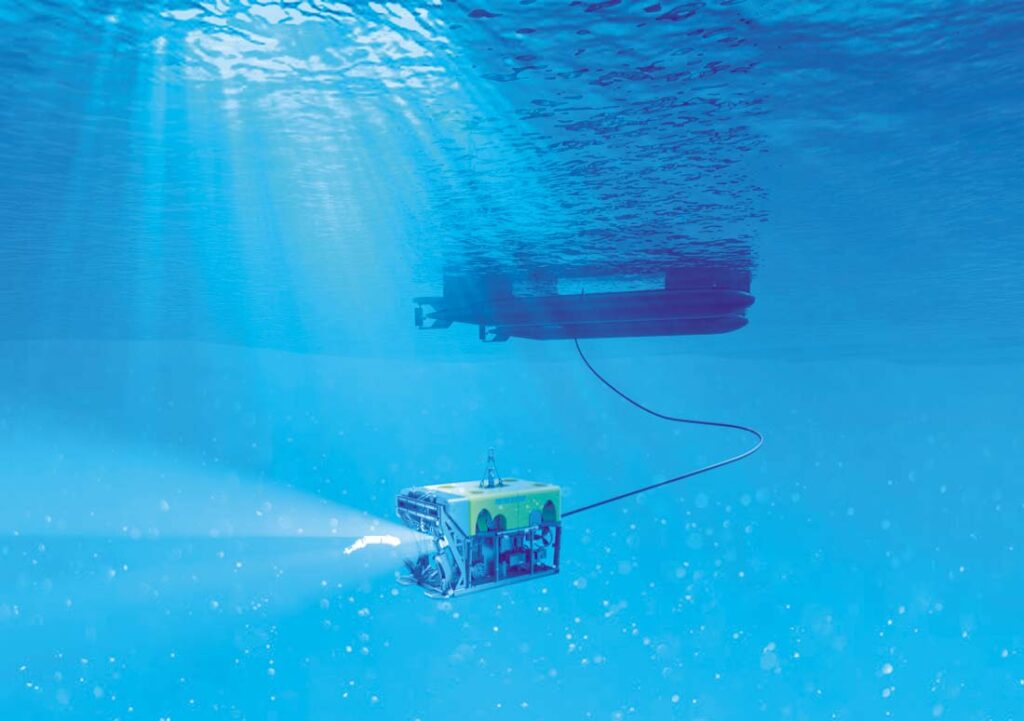Exploring collaborative autonomy on and below water

(Image courtesy of Robosys)
A specialist project is exploring collaborative autonomy in uncrewed vehicles on and below the water, writes Nick Flaherty.
The Collaborative Automations for Subsea Intervention (CASI) project, led by Robosys Automation, aims to address a growing market need for improving operation and maintenance, and inspections of offshore equipment using undersea vehicles.
Robosys Automation will be delivering two work packages, which include Multiple Objective Autonomous Adaptive Path Optimization, specifically focusing on weather routing, and fuel consumption optimisation for traditional fuels and hydrogen.
The second package is for the design of software architecture, and the simulation of collaborative autonomy between USVs and ROVs, and the development of software algorithms for station-keeping and obstacle avoidance in uncharted offshore windfarms.
This feasibility study includes the software and algorithm design, as well as the architecture required for the vessel to arrive on station safely and efficiently, maintain station, and also collaborate with, track and autonomously follow an ROV.
Maintenance, inspection and intervention costs are about £18m per year for a 1 GW offshore windfarm, rising to £900m for a 50 GW windfarm by 2030. Current state-of-the-art subsea inspection requires ROVs deployed from larger, heavy, diesel-burning crewed vessels, which are limited by safety, crewing, vessel availability and operational sea states.
The project will help to develop maritime autonomous systems for dual-use operations, such as surveying, monitoring of critical offshore and underwater infrastructure, offshore energy and marine science.
Route optimisation will increase the endurance of the vessel overcoming the impact of hydrogen’s low volumetric density.
Other aspects of the project include engineering feasibility of the ROV’s launch-and-recovery systems (LARS), combined with the related impact on a vessel’s stability in these scenarios.
ACUA Ocean (p.26) will develop the design of a new LARS and ROV with more vessel stability for full, open-ocean operations, and the launch and recovery of payloads in over four million significant wave heights. OREC will develop the test and evaluation criteria for the LARS, and conduct a lifecycle assessment.
UPCOMING EVENTS























